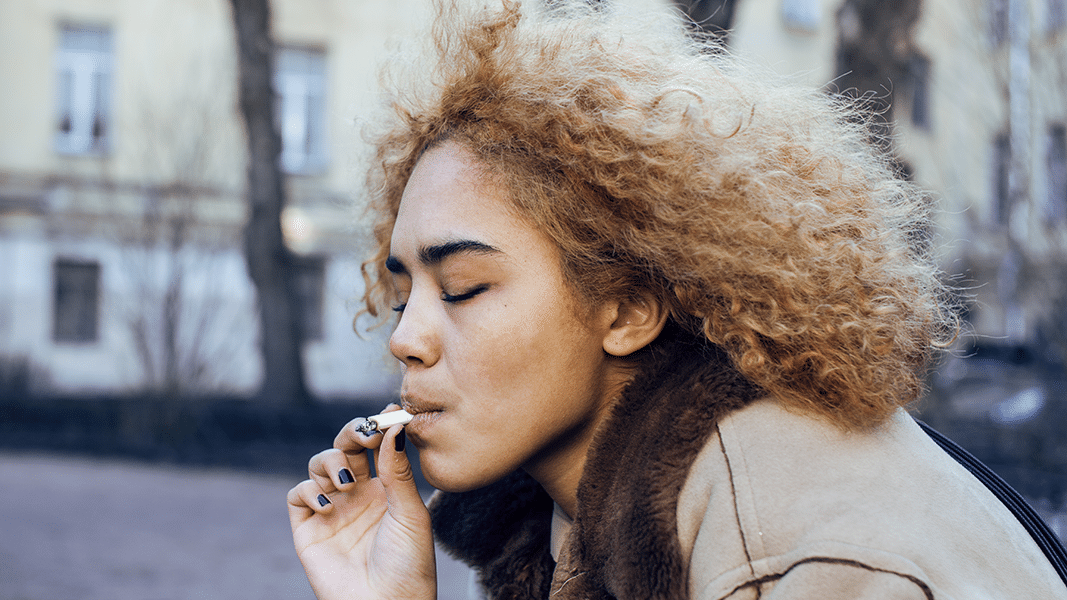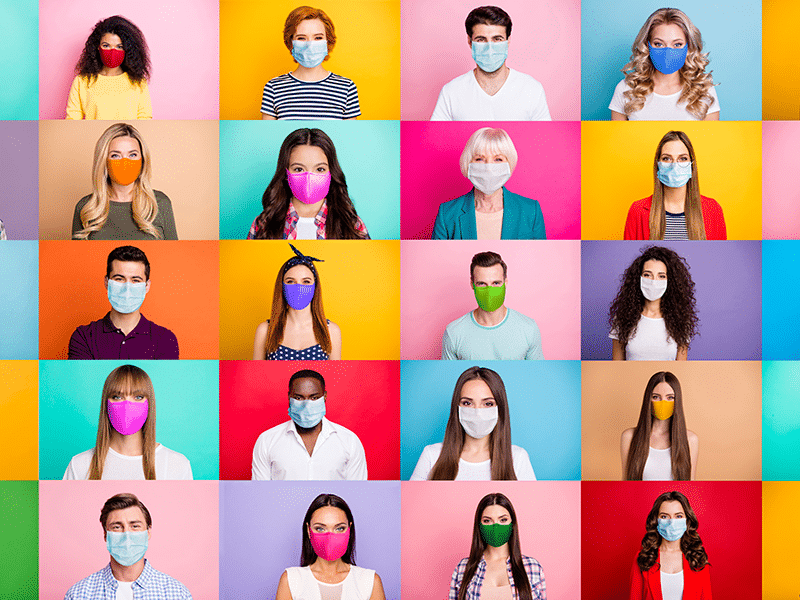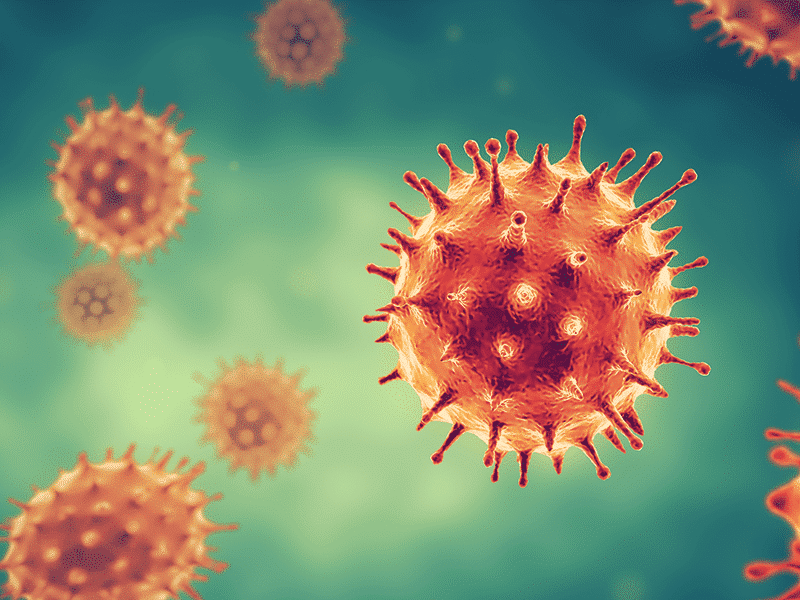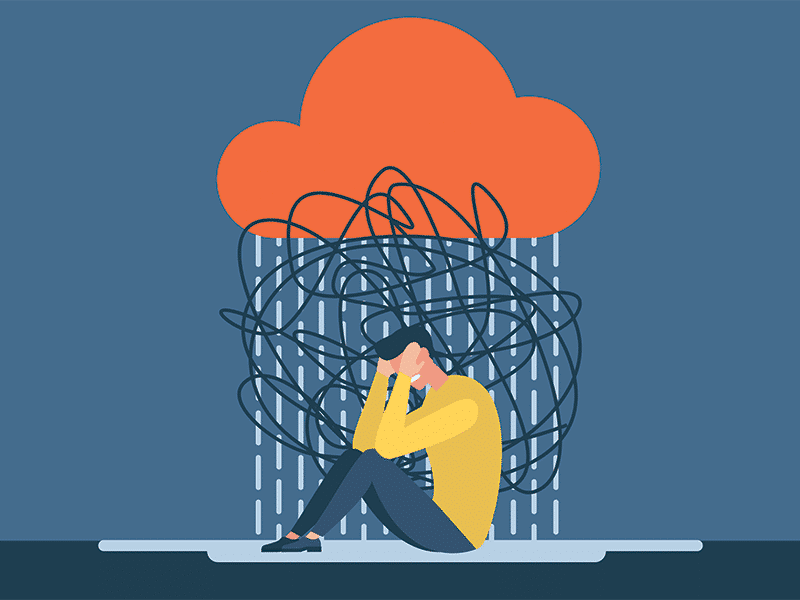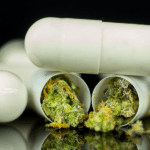The hysteria of reefer madness, the myth of the gateway drug, the caricature of the mindless stoner: while not exactly absent from American society in 2022, they have, at least, been shown the door. Taking shape in their place is a new, more nuanced view of cannabis that recognizes benefits as well as harms, users of all stripes, and the ongoing failures of prohibition.
This decade should see a large-scale revision of the cultural standing of cannabis in the United States and many other places around the world, a process that arguably began with legalization of medical cannabis in California in 1996. Regulation of the plant and its compounds is changing rapidly. Patterns of recreational and medical use are shifting, and in some ways converging. Attitudes about those who consume cannabis – what they look like, how they act, why they use – are being refreshed.
The pandemic has played an interesting a role in this evolution. It created an environment in which dispensaries could be deemed “essential” while other retail shops were forced to close. It opened the door for sellers of CBD products to make unsubstantiated health claims about their ability to fight COVID.1 And, as new survey data reveals, it also led to meaningful, sometimes surprising changes in cannabis use among both adults and adolescents.
Youth Use in U.S. Declines During Pandemic
In mid-December, the National Institute on Drug Abuse (NIDA) released a report with an eye-grabbing headline: “Percentage of adolescents reporting drug use decreased significantly in 2021 as the COVID-19 pandemic endured.”2
Wasn’t it common knowledge in 2020 – or at least a popular joke – that stressed-out workers and parents were turning to drugs and alcohol to help cope with such tumultuous times? It appears that didn’t apply to adolescents, for whom, after all, these substances remain illegal – and who during lockdown were likely stuck at home and less able to visit with friends. Passing a joint among a circle of acquaintances became a non-starter.
NIDA reports that according to its annual survey of 8th, 10th, and 12th graders, past-year use of marijuana (as the agency insists on calling it), alcohol, and vaped nicotine dropped precipitously across all three age groups. Cannabis use, in particular, declined by approximately 5% among 12th graders, 11% among 10th graders, and 4% among 8th graders. More than 32,000 students responded to the survey between February and June 2021, reporting on drug use dating back to the same months of 2020.
“We have never seen such dramatic decreases in drug use among teens in just a one-year period,” NIDA director Nora Volkow said in a press release. “These data are unprecedented and highlight one unexpected potential consequence of the COVID-19 pandemic, which caused seismic shifts in the day-to-day lives of adolescents.”
While the exact causes for this trend aren’t certain, Volkow notes, they probably include reduced drug availability, increased family involvement, and differences in peer pressure. The agency will have to wait for 2022 survey results to learn if adolescent substance use rebounded in the second half of 2021 as social activities trended toward normal.
Adult Use Increases Globally During First Year of Pandemic
In late December, the journal Cannabis and Cannabinoid Research3 published an article by four researchers from the University of Toronto Faculty of Social Work, which reviewed 76 studies published through February 2, 2021, and concluded that, generally speaking, adult cannabis use did indeed increase globally during the first year of the pandemic.
Across 33 studies that compared prevalence of cannabis use before and during the pandemic, more users reported an increase in consumption than a reduction, and those with a history of frequent or heavy use reported a steeper increase than those with a history of light or occasional use, the authors write.
While in some cases these trends did extend to “vulnerable” and homeless youth, the authors also reinforce the findings of the NIDA survey by noting that “some youth who lived with their parents during the pandemic reported that there was a lack of access to cannabis and fewer opportunities for use due to the shelter-in-place regulations.”
The review identifies several factors that reportedly contributed to increased adult use during the pandemic. Psychological stressors such as anxiety and life changes appeared to be the strongest influences, the authors write, but decreased access to other drugs and easy access to cannabis in legal markets in Canada and some U.S. states (sales were up at “essential” dispensaries) was also a factor. Hype around cannabis as a treatment or prophylactic for COVID, or simply for COVID-related anxiety and stress, also likely played a role.
Adult Use in U.S. Spikes, then Reverts to Norm
The 76 studies synthesized in the University of Toronto review vary widely with respect to study design, population, time frame, location, and data source. For additional insight into cannabis consumption specifically among U.S. adults during the pandemic, we turn to a third recently completed study covering a nationally representative sample of 1,761 individuals.
Led by researchers with the Bloomberg School of Public Health at Johns Hopkins University, this new study (in the February 2022 issue of the International Journal of Drug Policy4) finds that among adult cannabis users, consumption was significantly higher in April and May 2020 compared to March 2020, then reverted to near-March levels from June through November.
Survey participants were sampled from the Understanding America Study, a nationally representative Internet panel of adults maintained by the University of California. As part of the UAS sub-study “Understanding Coronavirus in America,” for which full results are available to the public online, respondents were asked to report on how many days during the last week they used cannabis.
Across the Johns Hopkins survey population, which excludes UAS participants who reported no cannabis use, this figure at baseline (the week preceding March 11, 2020) was 2.39 days. It jumped to 2.5 days on April 1, 2.6 days on May 1, and 2.55 days on June 1. After that the rate declined to 2.42 (July 1), 2.41 (August 1), 2.46 (September 1), 2.43 (October 1), and 2.35 (November 11).
State cannabis policy appeared to be a major factor influencing cannabis use. In states with full prohibition, use declined precipitously from June through November – perhaps due to a lack of convenient access. In states with medical cannabis only, use recovered a bit in September and October, possibly driven by an increase in prescriptions for treating anxiety, the authors speculate.
In states permitting both medical and recreational cannabis, use actually increased over the study period, appearing to be about 10 percent higher in November than in March. This could be a factor of pandemic stress, or maybe it’s just another indicator of changing laws and changing minds.
Nate Seltenrich, Project CBD contributing writer, is the author of the column Bridging the Gap. An independent science journalist based in the San Francisco Bay Area, he covers a wide range of subjects, including environmental health, neuroscience, and pharmacology. © Copyright, Project CBD. May not be reprinted without permission.
References
- https://jcannabisresearch.biomedcentral.com/articles/10.1186/s42238-021-…
- https://www.drugabuse.gov/news-events/news-releases/2021/12/percentage-o…
- https://www.liebertpub.com/doi/10.1089/can.2021.0054
- https://www.sciencedirect.com/science/article/pii/S0955395921004357?via%…
Recommended Readings
Cannabis & COVID-19: Breaking News or Bogus Science?
A molecular biologist deconstructs sensationalist claims that cannabis can prevent or treat the coronavirus.
Cannabis, CBD & COVID-19
What science says about CBD as an anti-viral agent. And, how prohibition is making a bad situation worse.
Cannabis, CBD & Anxiety
Could cannabidiol help us cope during stressful times?

